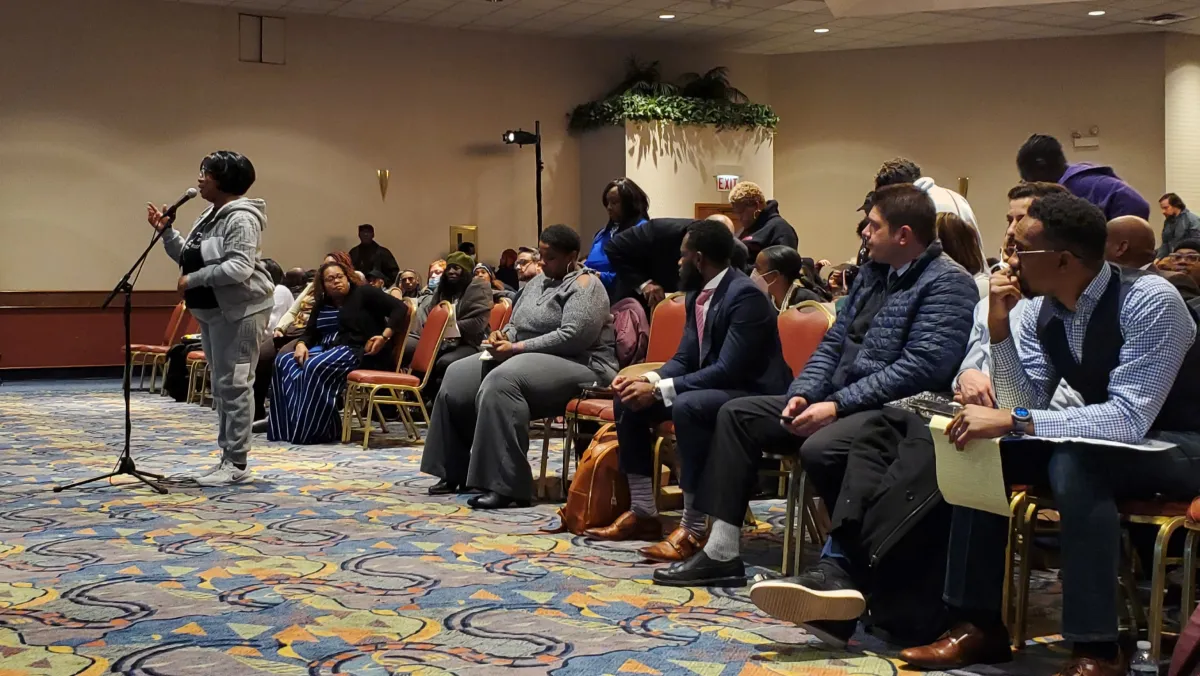In a recent turn of events, Chicago’s city administration, led by Mayor Brandon Johnson, has announced a deadline for migrants to vacate city-run shelters. This move has sparked a debate on the city’s commitment to its citizens versus its stance as a sanctuary for migrants.
Since 2022, over 21,300 migrants have been sent to Chicago, primarily from the southern border, including a recent influx who arrived this Friday. As a response, Mayor Johnson has set a mid-January deadline for these individuals to find permanent housing, citing the need to balance city resources.
This announcement comes amid rising concerns that the city’s policies are disproportionately favoring non-citizens. Critics argue that by allocating significant resources to house migrants in public facilities, such as schools, the city neglects local children who face long commutes to schools in neighboring communities due to a lack of local options.
Currently, around 12,100 migrants, “legally” in the country after requesting asylum, are housed in city shelters. An additional 2,200 are awaiting shelter space in various city locations. Under the new policy, these migrants are given a maximum of 60 days in shelters, with phased notices for departure.
This policy shift has raised eyebrows, with some questioning whether it reflects a belated acknowledgment of the strain on city resources. The city’s expenditure on migrant care is expected to exceed $363 million by the end of this year, with limited federal aid. Despite these efforts, the city faces a growing backlash from residents who feel that their needs are being sidelined.
Moreover, the state’s recent decision to reduce rental assistance for migrants from six to three months has added to the complexity of the situation. This reduction, coupled with the city’s new shelter limits, is anticipated to exacerbate Chicago’s already pressing homelessness issue.
City officials, while imposing these new limits, maintain that Chicago will continue to be a welcoming city. However, the practicalities of these policies and their impact on both migrants and local residents remain a point of contention. As the city navigates this humanitarian crisis, the balance between being a sanctuary city and addressing the needs of its citizens continues to be a challenging and divisive issue. One in which mayor Brandon Johnson, and other lawmakers are failing miserably at- all while legal citizens and particularly the black community are suffering from their bad policy decisions.








